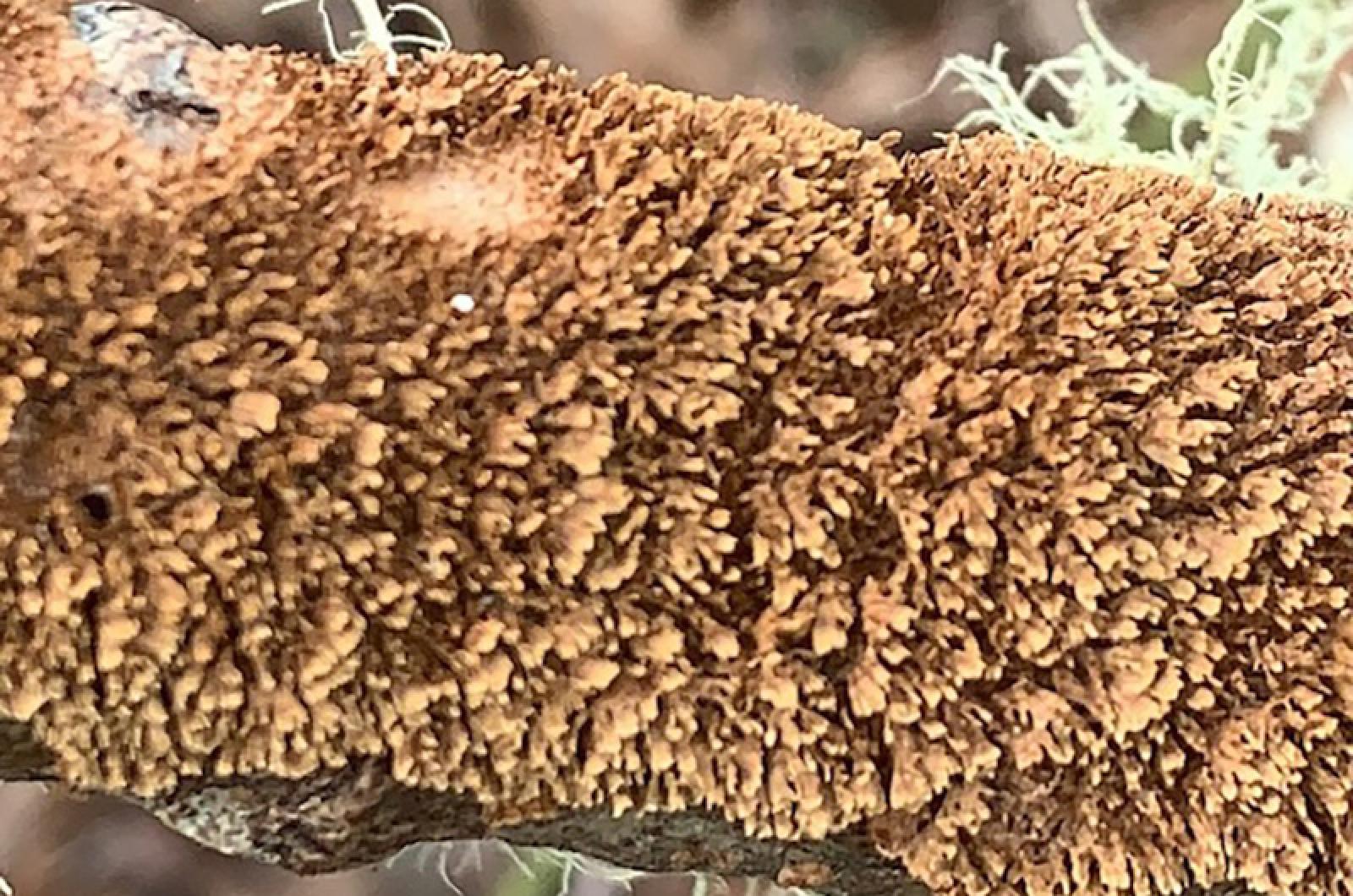American scientist Lewis David de Schweinitz reportedly had some habits that concerned his peers.
In an article in Mycologia, the journal of the Mycological Society of America, it was recounted that Schweinitz was “fond of chess and of tobacco,” and seems to have persisted in these depravities. In 1837, French naturalist Constantine Samuel Rafinesque-Schmaltz decried him and another as “Victims of Tobacco!” (initial capitals and an exclamation point his), condemning tobacco as a foul poison and destroyer of human life. To add to the shocking revelation, although Rafinesque does not use exclamation points to highlight the fact, Schweinitz also reportedly “enjoyed a good glass of wine.”
He sounds like a fun guy whose vices did not lead to disaster. In fact, Schwein (as he became known and is referenced) turned out fine, leading a life of scientific discovery and leaving a legacy of naming many fantastic fungi. The author of the journal article enthusiastically and affectionately described him as the “mycological father of us all, the patron saint — if that be permitted — of North American mycology.” Schwein named over 1,400 new species to the Catalogue of American Flora, of which around 1,200 were fungi.
Along with his named species, his birthplace and residence, a log house in Bethlehem, Pa., has stood the test of time. This building is likely the largest 18th-century log structure in continuous use in the United States. You can still visit the homestead, the Gemeinhause, which is now a National Historic Landmark operating as a museum.
The thread — or perhaps I should say mycelia — that links this house to Schwein’s scientific achievements is unknown. Our link sprouts from a fungus that he discovered and named, and that we both observed and appreciated.
The mutual mushroom is brown-toothed crust fungus, a beautiful if not well described species. Its scientific name, bestowed by Schwein, is hydnoporia olivacea. Its most observable characteristics are its olive color and toothed projections.
As is the case with so many species, other scientists came after Schwein and also named it. Scientific names that refer to this species include irpex cinnamomeus; hydnochaete olivacea; hydnoporia fuscescens and hymenochaetopsis. It’s all Greek — well, Latin — to me.
Brown-toothed crust fungus grows on the underside of dead wood, usually on already broken-off branches on the ground. Its mycelium can spread to other branches, though oak is a preferred habitat for this fungus. With its creeping form which can connect individual branches, it could be considered a migrating mushroom, minutely moving to its neighbor. Its stuck-on branch habit puts it in a category of glue-crusting fungi.
This crust fungus is not edible to humans and I could not find references to its cultural, historical, or wildlife uses. That said, its value should not be dependent on human use and knowledge, and its function as a saprophyte cannot be undervalued. Saprophytes live off decay and serve the necessary function of decomposition.
Schwein, a fan of fungus, would not have to be convinced of its inherent value. Nor should you: feel free to raise a glass to this and other helpful fungi that get down and dirty, converting the decay of our forest floors into nutrients. And if those behaviors and habits should cause others to judge, even going so far as to use exclamation points and capital letters to insult, know that their words simply don’t have teeth.
Suzan Bellincampi is islands director for Felix Neck Wildlife Sanctuary in Edgartown and the Nantucket Wildlife Sanctuaries. She is also the author of Martha’s Vineyard: A Field Guide to Island Nature and The Nature of Martha’s Vineyard.




Comments
Comment policy »